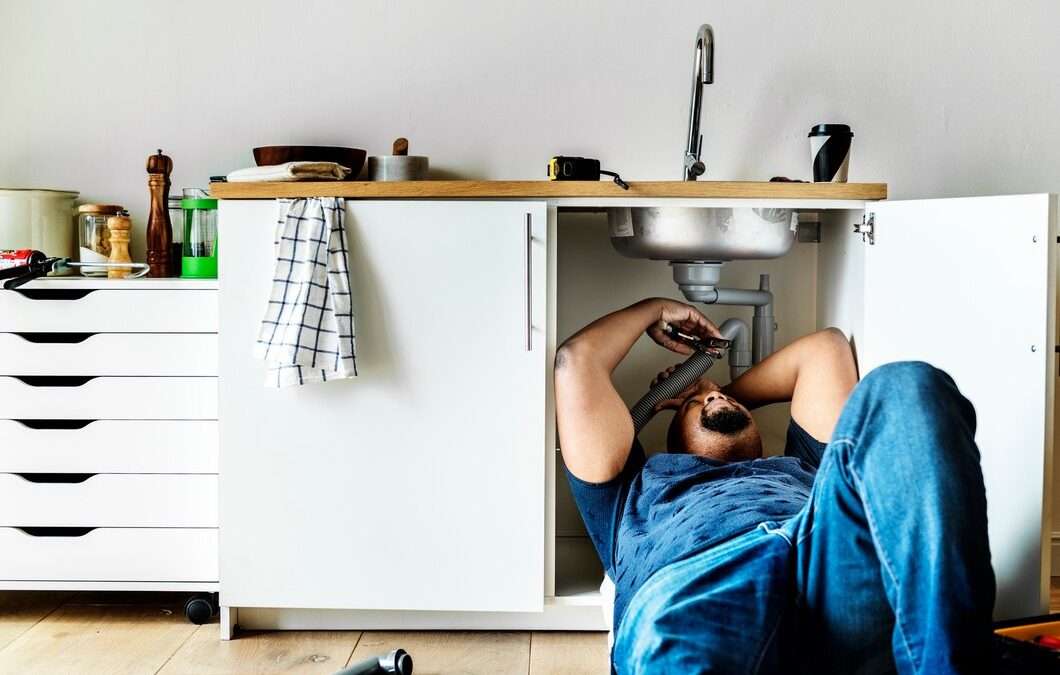A slow draining sink can be a real hassle. Whether it’s in your kitchen or bathroom, a sink that doesn’t drain quickly can make daily tasks like washing dishes or brushing your teeth frustrating. Before you call a plumber, there are several things you can try yourself to fix the problem. This DIY guide will help you understand the common causes of a slow draining sink and provide you with step-by-step instructions to get your sink flowing smoothly again.
Understanding what causes a sink to drain slowly is the first step in solving the problem. Many times, it’s something simple like a build-up of hair, food particles, or soap scum. Knowing the root cause can make it easier to choose the right solution and tools for the job.
Common Causes of a Slow Draining Sink
Several factors can cause your sink to drain slowly. Knowing these common causes can help you identify and tackle the problem effectively. One frequent culprit is the buildup of food particles, grease, and soap scum in kitchen sinks. Over time, these materials accumulate and restrict water flow.
In bathroom sinks, hair is often the main cause of clogs. Hair mixes with soap and toothpaste, forming a sticky substance that clogs the drain. Using a hair catcher can help prevent this build-up. Additionally, small objects like jewelry or hair ties can accidentally fall into the drain, causing obstructions.
Another common issue is mineral deposits, especially in areas with hard water. These deposits can line the pipes and reduce the pipe diameter, making it harder for water to flow through. Regular cleaning and descaling can help manage this problem. Identifying the root cause is the first step toward fixing your slow draining sink.
Tools and Materials You’ll Need
Before you start unclogging your sink, gather the necessary tools and materials to make the job easier and more efficient. Here’s a list of items you’ll need:
- Plunger: A basic yet essential tool, a plunger can often dislodge minor clogs with just a few pumps.
- Pipe Wrench: Useful for loosening and tightening pipes under the sink.
- Plumber’s Snake: Also known as a drain auger, this tool can reach deeper clogs that are out of the plunger’s reach.
- Bucket: Keeps your workspace clean by catching water and debris when you disconnect pipes.
- Gloves: Protect your hands from dirty water and sharp objects during the unclogging process.
- Baking Soda and Vinegar: An eco-friendly solution for breaking down organic materials causing the clog.
- Flashlight: Helps you see into the drain and identify the blockage.
Having these tools on hand will prepare you for any clog situation you might encounter. With everything ready, you’ll be equipped to tackle the problem and get your sink draining properly again.
Step-by-Step Guide to Unclogging Your Sink
Fixing a slow draining sink can be straightforward if you follow these steps. First, try using a plunger. Place the plunger over the drain, ensuring there’s enough water to cover the rubber part. Pump it up and down several times to create suction, which can dislodge minor clogs.
If plunging doesn’t work, move on to checking the P-trap. Place a bucket underneath to catch any water and unscrew the trap using a pipe wrench. Clean out any debris inside the trap and reassemble it. Run water to see if your sink drains properly.
For deeper clogs, use a plumber’s snake. Insert the snake into the drain and turn the handle to push it through the pipe. When you feel resistance, you’ve likely reached the clog. Continue turning to break up or pull out the blockage. Once the drain is clear, run hot water to flush out any remaining debris. Following these steps can help you fix most slow draining sinks quickly and effectively.
Preventing Future Clogs
Preventing clogs is easier than dealing with them. Here are some tips to keep your sink draining smoothly. Use a drain cover or strainer to catch hair, food particles, and other debris. Empty the strainer regularly to prevent buildup.
Be mindful of what you pour down the drain. Avoid disposing of grease, coffee grounds, and food scraps in the sink. These items can solidify and cause blockages. Instead, discard them in the trash or compost bin.
Regular maintenance can also help. Pour boiling water down the drain once a week to clear out minor blockages. For a more thorough cleaning, use a mixture of baking soda and vinegar. Pour half a cup of baking soda followed by half a cup of vinegar down the drain. Let it sit for a few minutes, then flush with hot water. These simple steps can keep your sink in good shape and prevent future clogs.
Conclusion
Dealing with a slow draining sink can be inconvenient, but you can often fix it yourself with the right tools and steps. Understanding the common causes of slow drains, having the necessary tools, and following a step-by-step guide can help you resolve the issue quickly. Regular maintenance and mindful habits can also go a long way in preventing future clogs, saving you time and effort.
If you find that your sink remains slow despite your best efforts, it might be time to call in a professional. Midlothian Plumbing is here to help with any plumbing issues you may have. Our experienced team can quickly diagnose and resolve your plumbing problems, ensuring your home remains comfortable and functional. Call Midlothian Plumbing today to schedule an appointment and unclog your drain once again!


